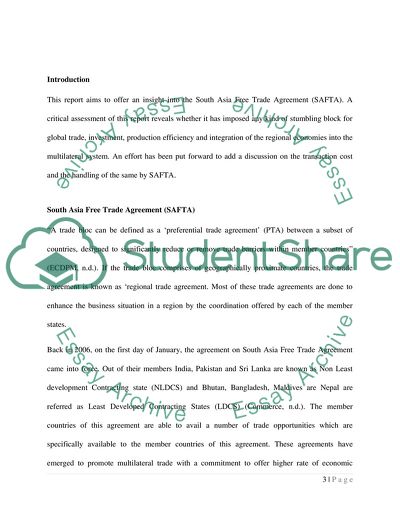Cite this document
(Key Aspects of South Asia Free Trade Agreement Coursework, n.d.)
Key Aspects of South Asia Free Trade Agreement Coursework. https://studentshare.org/macro-microeconomics/1566542-bawgrop
Key Aspects of South Asia Free Trade Agreement Coursework. https://studentshare.org/macro-microeconomics/1566542-bawgrop
(Key Aspects of South Asia Free Trade Agreement Coursework)
Key Aspects of South Asia Free Trade Agreement Coursework. https://studentshare.org/macro-microeconomics/1566542-bawgrop.
Key Aspects of South Asia Free Trade Agreement Coursework. https://studentshare.org/macro-microeconomics/1566542-bawgrop.
“Key Aspects of South Asia Free Trade Agreement Coursework”. https://studentshare.org/macro-microeconomics/1566542-bawgrop.


